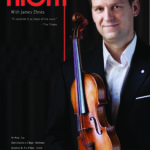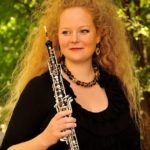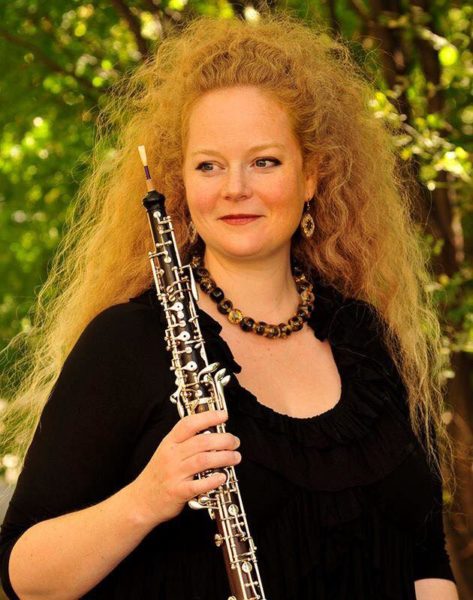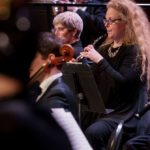[youtube https://www.youtube.com/watch?v=r4S4wmD7rGk]
Dvořák kept the typical format of a symphony in four movements, but structured them in an unusual way. All movements show a remarkable variety of themes, many of them based on Bohemian material. Occasionally the development of the themes seems like improvisation.[3]
The first movement is a powerful and glowing exposition characterized by liberal use of timpani. It opens with a lyrical G minor theme in the cellos, horns, clarinets and bassoon with trombones, violas and double basses pizzicato. This gives way to a “bird call” flute melody, reaching the symphony’s key G major.[1] Writing about a performance by the National Symphony Orchestra, Peter Laki notes that the development section “works up quite a storm.” In the recapitulation, the second main theme is played by the English horn, two octaves lower than in the exposition. The movement ends with a “short but very energetic coda”.[3]
Despite being marked Adagio, the second movement moves along at quite a reasonable speed. It begins with a typically beautiful clarinet duet and ends quietly, but contentedly. Similar to Beethoven’s Pastoral Symphony, the music is inspired by the tranquil landscapes, depicting a summer’s day, interrupted by a thunderstorm.[1]
Most of the third movement is a melancholy waltz in 3/8 time. Near the end, the meter changes to 2/4, and the music ends in a manner not unlike that of the second movement. The first notes of the Trio section (G major) are used in the Coda in 2/4. The movement is not the typical minuet or scherzo, but an “intermezzo” akin to the third movements of the First and Second Symphony by Brahms. In contrast to the “sweet and languid waltz” of the first theme, the second, “functioning as a ‘trio,’ sounds more like a Bohemian folk dance”.
The finale, formally a “complex theme-and-variations”, is the most turbulent movement. It begins with a fanfare of trumpets. Conductor Rafael Kubelik said in a rehearsal: “Gentlemen, in Bohemia the trumpets never call to battle – they always call to the dance!”[1] The music progresses to a beautiful melody which is first played by the cellos. The tension is masterfully built and finally released at approximately two minutes into the piece, with a cascade of instruments triumphantly playing the initial theme at a somewhat faster pace. A central contrasting episode is derived from the main theme. From there the movement compellingly progresses through a tempestuous middle section, modulating from major to minor several times throughout. After a return to the slow, lyrical section, the piece ends on a chromatic coda, in which brass and timpani are greatly prominent. Laki summarises: “Dvorák’s handling of form is indebted to Beethoven and Brahms, but he filled out the form with melodies of an unmistakably Czech flavor and a joviality few composers at the time possessed. The variations vary widely in character: some are slower and some are faster in tempo, some are soft (such as the virtuosic one for solo flute), and some are noisy; most are in the major mode, though the central one, reminiscent of a village band, is in the minor. The music is always cheerful and optimistic.”
Hear it live with the SSO on Opening Night of Season 87!







